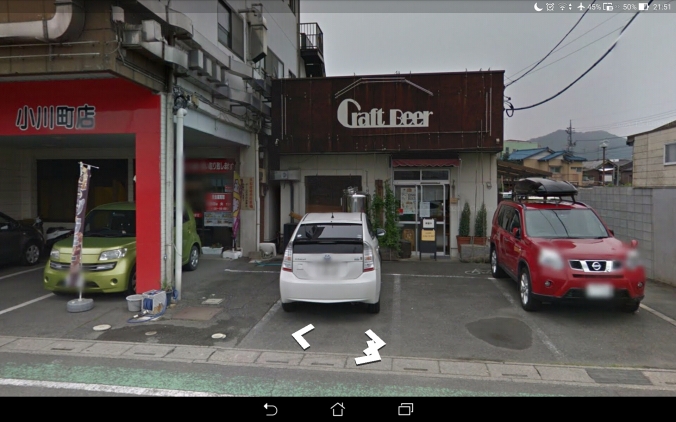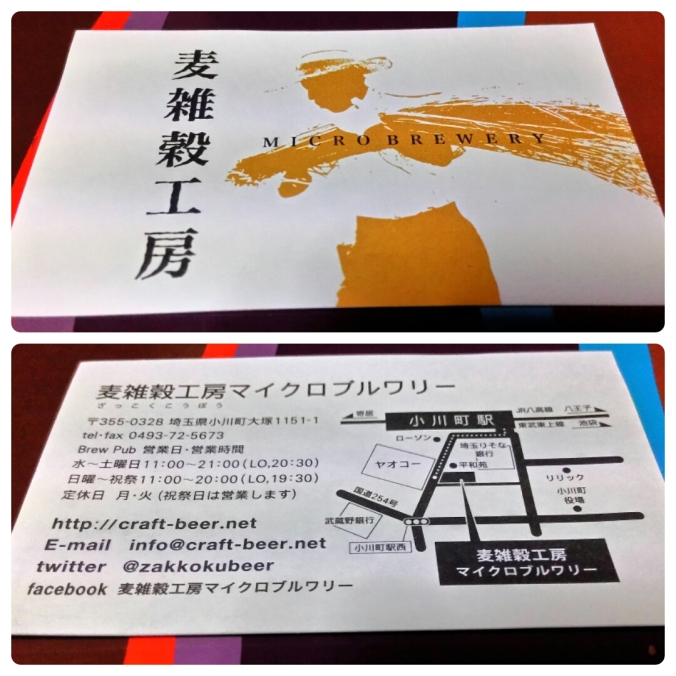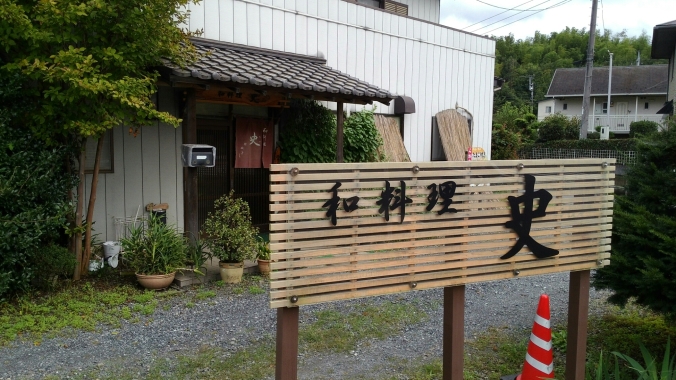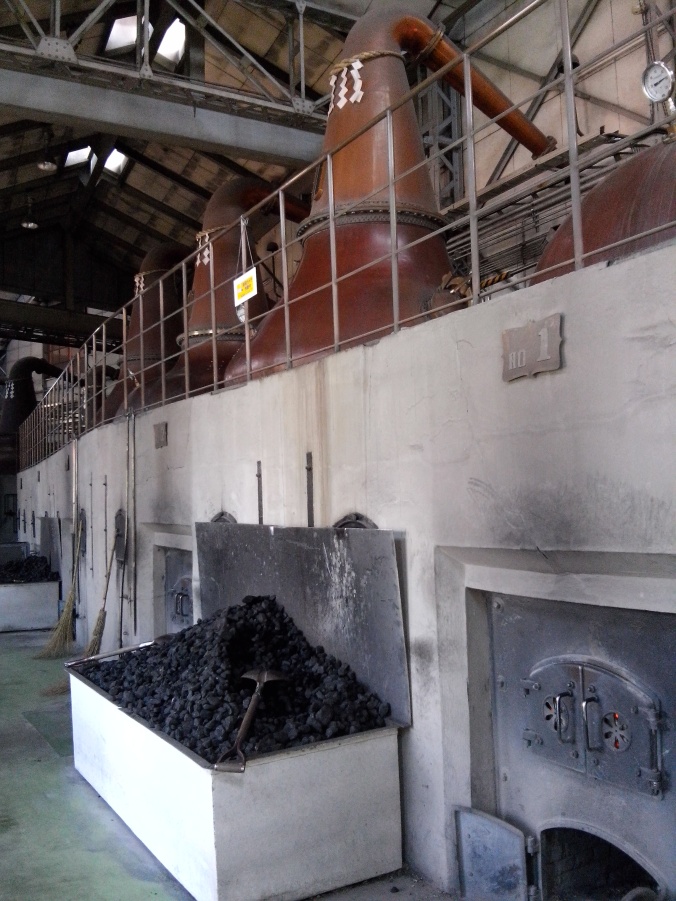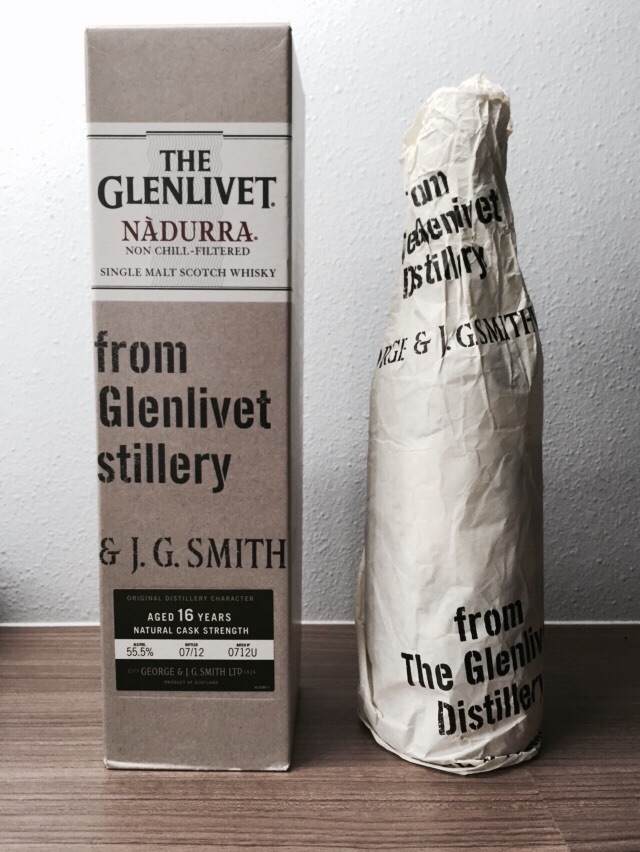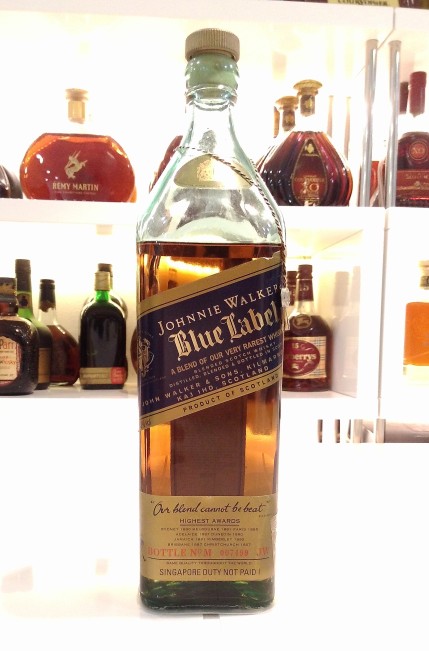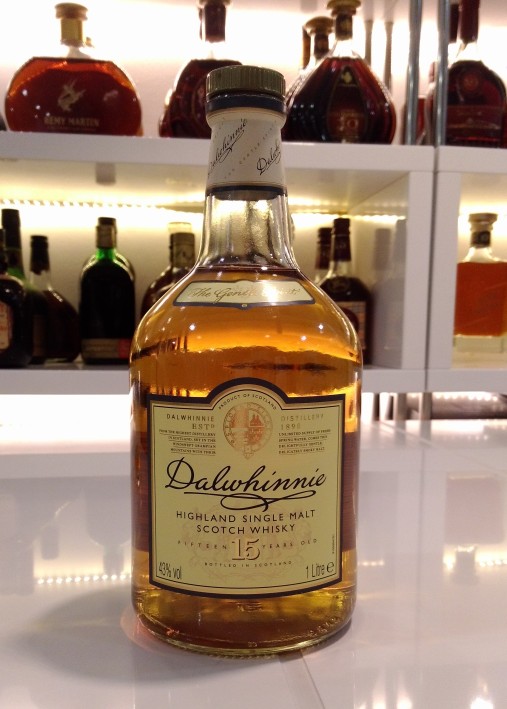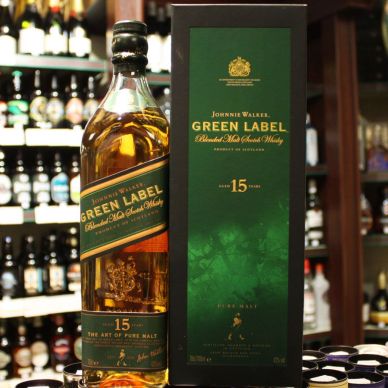Terroir.
A set of special characteristics which whisky, wine or perhaps any agricultural product has that is affected by the climate, geography and geology of the land. I want to share with you the amazing terroir of Scotland and the variety of whisky that comes from this little part of the world. But first, a little back story…..
When I first started my whisky journey, my goal was to wean myself away from the relatively more expensive craft beer drinking sessions that my friends and I had weekly. As I trawled online for a place to purchase a decently priced single-malt whisky, I stumbled on Drinksfellas and I remembered that they had a monthly promotion for the Tullibardine Single Highland Malt 1993 Sherry finish which I purchased for a sick price of 54 bucks (sorry guys, last I checked it was $115). It was a different experience altogether, when compared with the usual Chivas that I normally drank. But one thing that struck me was the label on the bottle ‘Single Highland Malt’. What does that mean?

In case you were wondering how it looked
As I went online to further my research, I discovered that whisky too has its own terroir and that the Highlands was one of the main regions in which scotch whisky is categorised under. The Highlands run through the entire central and northerly area of Scotland and comprises of many distilleries scattered throughout. One of the most ubiquitous single malts that you can find stocked in almost all bar shelves is the Glenmorangie which also comes from the Highlands.

The six regions of Scotland, arbitrary of course
Like the Dalwhinnie 15 which is a Diageo classic Highland malt that my Kaki, Chris has written about here. The Scottish Highlands is such a diverse and large region that it is difficult to pin-point an exact characteristic that could be applied to all the distilleries in this region.
For example, Royal Lochnagar, a fruity and floral whisky similar to a Lowland malt, but when compared to a Dalmore, it is a different beast altogether. The Dalmore has a thicker and more full-bodied taste, combined with dark fruits and sherry notes.
A very vague and general rule of thumb is that one can a expect a much fuller body to their whisky when compared with the other regions.
Now before I continue with the other regions in Scotland, I would first like to put up a disclaimer. The separation Scotland into six different whisky regions that I chose is purely arbitrary. Other whisky organisations such as the SWA (Scotch Whisky Association) only list five regions and others might include only four regions.
I chose this six regions as there are more things to share about how the difference in climate and geology has on the whisky. As far as I’m concerned, its like drawing borders on a map. In reality, the regions in Scotland are neither separated by man-made fences or walls.

The five regions of Scotland, according to the SWA
On to the next region, Speyside.
The Speyside region is actually part of the Highlands as you can see from the map above. However, there is a reason why Speyside is deserving of a region on its own.
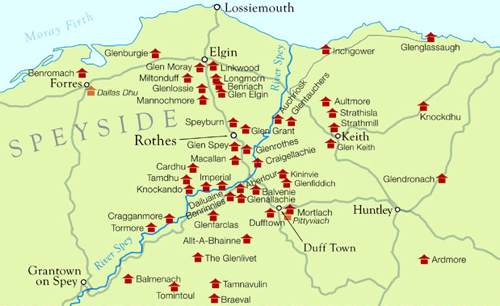
Distilleries congregate along the banks of the River Spey
As you can see, Speyside really has A LOT of distilleries and. And most of them are built around the ‘sides’ of the River Spey which might be how Speyside got its name. In fact, of the hundred or so distilleries still operating in Scotland, about half of them can be located in Speyside.
The distilleries around the River Spey are famous for producing excellent whiskies. Whisky powerhouses such as Macallan and Glenfarclas are built nearby to harness the excellent waters the river provides.
The Speyside region encompasses so many differing styles and distilleries that once again, geographical distinction is not as important as the distillery itself .
Generally, the whisky produced in the area tend to be of a sweeter dram, lacking in or totally devoid of peat and smoky flavours.
One of my favourite value-for-money drams is the Glenfarclas 105 cask-stength whisky bottled at 60% abv and can be bought at Changi Dfs. My Kaki Chris abhors it though because he thinks cask strength sherry monster is too strong.

Lowlands single-malt distilleries in green
The next up is the Lowlands.
The Lowlands is the region of Scotland closest to England. Currently, the Lowlands only has six operating distilleries in this whole massive region with Bladnoch, Auchentoshan and Glenkinchie leading the pack. (The other three distilleries opened only after the 2000s).
Traditionally, Lowland whiskies are usually distilled thrice(similar to Irish whiskies) compared to double distillation which most other whiskies undergo.
This means that much more trace impurities are removed from the final white spirit leaving a purer distillate that takes on a heavier character from the casks that it was matured in.

Islay, totally surrounded by the Scottish waters
I’m going to introduce you the region has to be my favourite of the lot. Islay. Pronounced as eye-luh.
Personally, I’m a person who like big, bold and brash flavours. I love my Laksa, I love my stouts and I sure love my chilis. For me, Islay whiskies is a representation of all that, powerful peat, very bold and brash.
If you haven’t known what peat was, peat is the decayed plant and animal matter found in swamps and bogs that have been compressed over thousands of years.
Peat was traditionally used for fuel in Scotland and if you were wondering, much of our haze that Singapore receives are a result of peat fires in Indonesia that could burn on almost indefinitely.

Men hard at work cutting peat bricks
However, when peat is added to the fire when drying the germinated barley or malt, it imparts a smoky aroma that is often a love it or hate it feeling.
I have friends who told me that Islay’s peaty whiskies remind them of the traditional black Chinese medicine drink (not Luo Han Guo but the really bitter stuff), and I also have friends who tell me that it reminds them of eating Lay’s BBQ. I’m guessing that its hard to really explain what the taste is.
If you’re really hardcore and like the fresh hazy air every September when half of Indonesia catches fire, go for the Ardbeg 10($80.70) at Changi DFS which is one of my daily drams.
If you prefer something more balanced with hints of acidity and sweetness, something that could perhaps pass off as liquid Lay’s BBQ, I’d say go for the Lagavulin 16($74++) at Changi DFS which is also one of Diageo’s Classic Malts.

From the north to the south, the island distilleries are scattered throughout
The Island whiskies.
Located off the western coastline of Scotland, this regions is often subsumed under the Highlands. But for the sake of diversity, I shall go into a brief introduction of this region.
There are six main islands in this region of which seven distilleries are located. Of the big names you should know, it might come as a surprise that the Highland Park you often see at DFS is located on the Isle of Orkney and not actually in the Highland mainland itself.
The other big names are Talisker, located on the Isle of Skye which produces a salty, smokier dram. As the Islands are scattered as it is diverse, characteristics also run the gamut from the heathery-sweetness of Highland Park, fruity-citrusy drams of Tobermory to the pepper-peat of Talisker whiskies.
All that said, whiskies from this region do exhibit a slight maritime influence, being especially close to the sea. On a side note, Chris started his journey with a Highland Park 12 (2001) from Changi DFS which I find to be a wonderful whisky for starters. We would love to do a review for it but Chris’s current bottling has gone stale and is sadly, relegated to cocktail duties.
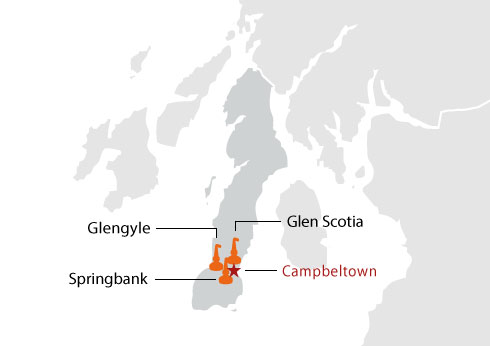
Once there was thirty, now there are three
Lastly, Campbeltown.
Formerly known as the whisky capital world, there were about 30 distilleries operating during the boom years of the whisky industry back in the 19th century. Sadly, it’s a shadow of its former self with only three operating distilleries, namely Springbank, Glen Scotia and Glengyle.
It just goes to show how fads come and go, even if its 200 years ago. The famous Springbank distillery is also one of the few distiller that produces three brands of whisky with its own character – The triple distilled Hazelburn, peaty Longrow and the namesake Springbank.
In conclusion, it can be said terroir is important in determining what profiles will be imparted to the whisky due to the soil, sea, peat and air which surrounds the various distilleries. However, terroir is not an is all end all, it is just one of the various factors which come into play.
More importantly, many of this distilleries are owned by large drinks conglomerate who want to show diversity in their portfolio regardless of regions. One should not be surprised to see slighty peaty drams coming from Speyside or perhaps a non-peated version of Islay whisky.
Across the globe, the whisky trend is reaching new heights and we can see whisky distilleries from Tasmania to Japan and India all producing a style of whisky so unique to the culture of the people, so adapted to the climate and so different from the scotch that we drink. It challenges us to define what truly is whisky and whether any good can come from this whiskies outside Scotland.
Dive in with an open mind, the rewards are greater than you think.
Cheer!




